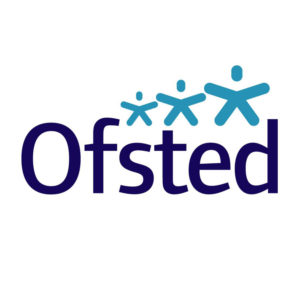Chapter Contents
Placements Service
Our Placement Team receives all placement referrals from local authorities. Placements officers will regularly contact foster parents who have vacancies, either to confirm your current circumstances or to discuss potential matches. The Placements Team works closely with the teams in our regional centres to match children with our foster parents.
For more information, read our policy and procedure: Placement in Foster Care
The Matching Process
Carer Profile
During your initial assessment to become a foster parents we prepare a ‘carer profile’ for your family. This is a brief document describing you and your circumstances, experience and skills. The Placements Team sends this to local authorities when they have matched a child with you. They will also send it to local authorities to promote your specific skills, e.g. experience with disabilities.
With the help of your supervising social worker, you should regularly review and update your carer profile.
Welcome Book
We ask our new foster families to prepare a ‘Welcome Book’ for their fostered children. This is something that we share with children during the matching process, to introduce them to their new home and help them to feel welcome, accepted and safe. The Welcome Book should include photos of you and your home. Please remember to update it when things change, and to ensure that photos remain relevant. A good time to do this is before your annual fostering review.
We encourage families to create their own bespoke and personalised Welcome Book, but advise that you include the following information:
- Photos of family members, with some information about each person (including any pets)
- Photos of the home, including the child’s bedroom
- Information about your local area, including photos
- Information about what you like to do as a family
An example of a Welcome Book, and templates that you can use if you wish, are available in our Charms system.
Matching and Risk Assessment
Ensuring the safety of foster children and all members of their foster family is our primary concern. The Placements Team undertakes an initial risk assessment within the matching form which helps identify any known risks that a child may present – either to themselves or to others.
The initial risk assessment will be based on the information that local authority has shared with us, and this might not be complete. It is quite possible that a child will show behaviours that can be identified as risks, only after a placement has taken place. Where there is cause for concern, ISP will request copies of any existing up-to-date written risk assessments or start a new safeguarding risk assessment within five working days of placement.
You and your supervising social worker should complete an Individual Safe Care Agreement for the child, based on the child’s risk assessment. You should also review your Household Safer Care Plan.
Sharing Information
Information for foster parents
The government has issued strong guidance to local authorities that providing the following information, at the time of placement, is essential to both safety and placement security:
- Child behaviour that has been a cause for concern in the past, particularly when it might put the home or family at risk (e.g. fire setting, sexually harmful behaviour)
- Successful and unsuccessful strategies for managing difficult behaviour in the past
ISP will collect the information initially, as well as ensure there is an initial risk assessment and we will pass all this information on to the foster parents. We will also regularly follow up any gaps in information. These are our duties under fostering regulations and national minimum standards and we take them very seriously.
What information should you ask for?
There is some essential information that you should have before the placement starts. The care plan and placement plan will provide these details, but these documents may not be available at the outset. Ask your supervising social worker if you have not been informed of the following:
- Child’s Name
- Gender
- Date of birth
- Ethnicity and religion of child
- Anticipated length of placement
- Whether the child is subject to a legal order, or accommodated
- Whether the child is subject to a child protection plan
- The reasons why the child needs a foster placement
- Is this the child’s first experience of being in foster care?
- Where are the child’s parents, brothers and sisters?
- Will there be contact and relatives? How will this happen?
- How is the child’s health – are they on any medication or do they have any medical conditions?
- Does the child have any special needs?
- What school does the child attend? Do they need to change school?
- Is there any specific behaviour which may be of concern?
- Are there any activities, clubs, sports or talents that it is important to support and encourage?
- If the placement requires children to share a bedroom, are there any known risks?
Information to children/young people
Unless an emergency placement makes it impossible, we aim to provide children and young people with information about foster carers before arrival. We will share your welcome book and this will include photographs of you, your children and pets, as well as the child’s bedroom.
Introductory meetings
Wherever possible, children are encouraged to visit the foster parent’s home and to talk with the foster parents in private before a placement decision is made. A face to face meeting is a great opportunity to find out about each other and can relieve any fears and anxieties for all the people involved. Depending on the nature of the placement, there may be a number of introductory meetings before all involved feel comfortable to proceed.



